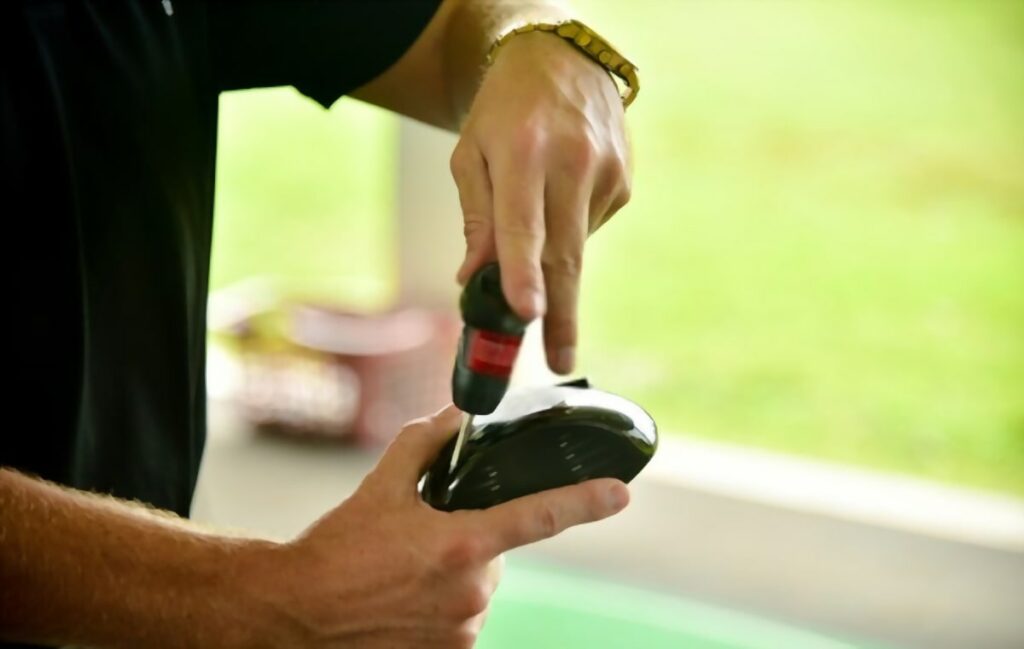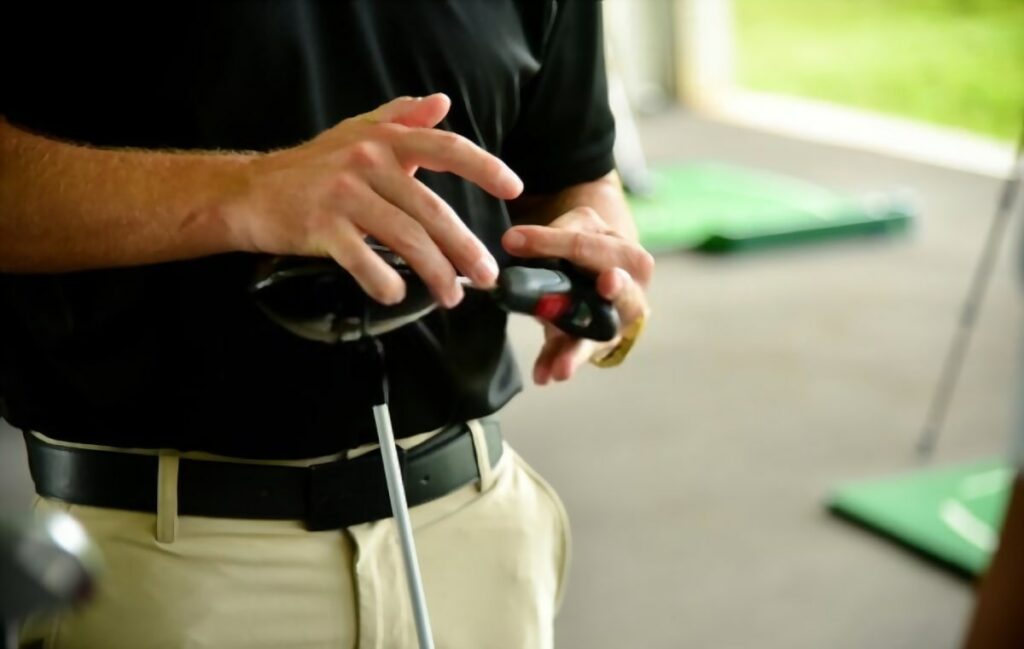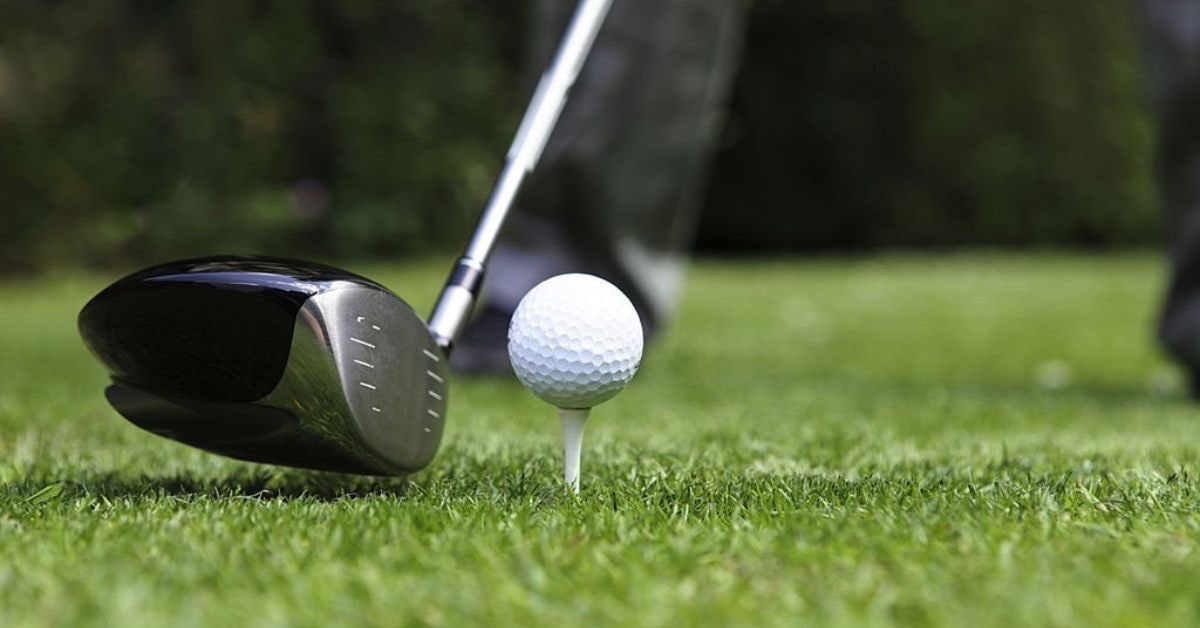Every golfer wants to hit longer drives. More distance off the tee equals shorter irons and wedges for your approach shots, giving you more control into the green.
I’ve struggled with my driver more than any club in the bag. Having spent lots of time testing various lofts, I’ve figured out what works best for my swing.
In this article, you’ll learn the effects of lowering the loft on a driver.
In particular, I’ll discuss how swing speed and angle of attack should be considered when choosing your driver loft, to help you maximize distance off the tee.
Effects of Lowering Loft on Driver
Lowering the loft on a driver reduces spin and launch angle, resulting in a lower ball flight. This can improve distance off the tee, provided that your swing speed is fast enough. It also opens the clubface on adjustable drivers, which is better suited to golfers who hook their drives.

How to Choose Loft on Driver
Choosing the correct loft for your driver can have a huge impact on both distance and accuracy off the tee. It’s vital to understand which loft is best suited for your swing.
When choosing the loft for your driver, there are two main variables to consider:
- Swing speed
- Angle of attack
Let’s address each of these in some detail.
Swing Speed
The first thing to understand is that more loft equals more spin. Depending on how fast your swing speed is, driver spin can either work in your favor or hamper your distance.
Players with slower swing speeds benefit from higher spin rates. Essentially, the extra spin results in a higher launch angle, stopping the ball from prematurely dropping out of the air. The optimal spin rate for a golfer with a 100 mph ball speed is 2500-3500 rpm.
In general, golfers with slower swing speeds should opt for more loft in their driver.
On the other hand, those with faster swing speeds are better suited to lower spin rates to maximize distance off the tee with a lower launch angle. Optimally, players with a 170 mph ball speed — around tour average — should aim for spin rates of 1800-2800 rpm.
Therefore, golfers with faster swing speeds should opt for less loft in their driver.
Angle of Attack
The next thing to take into account is the angle of attack on the golf ball at impact.
Golfers who hit their driver with a downward angle of attack need more loft. Hitting down on the ball with too little loft will produce extremely low ball flights and very little distance.
Conversely, those who hit their driver with an upward angle of attack are better suited to a lower loft. If equipped with too much loft and an ascending angle of attack, the ball will launch far too high, compromising distance.
Ultimately, consider both your swing speed and angle of attack when choosing the loft for your driver. This will allow you to optimize your distance off the tee.
In the video below, Ali Taylor discusses and demonstrates how swing speed and angle of attack should be considered when choosing driver loft:
Will a Lower Loft Driver Go Further?
A lower loft driver will go further, provided that you have a high enough swing speed with an ascending angle of attack into the golf ball.
Whether amateur or professional, all golfers have different swing speeds. This directly impacts how fast the ball comes off the driver, and the distance it can travel.
In short, if you have a slower swing speed and use a driver with too little loft, the ball will struggle to stay airborne. This means less carry distance.
Conversely, lower loft drivers can be useful for players with high swing speeds as they can afford to hit drives with a lower trajectory for optimal distance.
The angle of attack is also vital. If you hit down on the ball, a low-loft driver will launch too low with a reduced distance. However, if you hit up on the ball with an ascending angle of attack, a low-lofted driver can provide good launch conditions.
Ultimately, the optimum loft depends on how fast you swing the driver, and the angle at which the clubface strikes the ball.

Does Lowering Driver Loft Open the Face?
Yes, lowering the loft on an adjustable driver opens the face. This happens because of the way the loft is adjusted via the hosel, impacting how the club sits at address.
For example, if you reduce the loft angle of an adjustable 10.5º driver to 9º, the clubface will sit more open at address. This is also known as a fade bias and will benefit golfers who typically hook their driver off the tee.
On the other hand, raising the loft on a driver has the effect of closing the clubface. This is better suited to golfers who slice the ball off the tee — known as draw bias.
Does a Lower Loft Driver Go Straighter?
Lowering the driver loft has the effect of opening the face, with a fade bias. Therefore, golfers who tend to hit the ball left — or hooks — can hit the ball straighter.
However, if you typically hit more of a slice off the tee, a low driver loft is unlikely to help you hit the ball straighter. Instead, a higher driver loft will favor a draw bias, enabling a straighter ball flight for those who usually hit the ball right off the tee.

Conclusion
In summary, the effects of lowering the loft on the driver are a reduced launch angle, lower spin, and a slightly more open clubface to counteract hook shots.
Generally, golfers with slower swing speeds benefit from more loft in their driver. This launches the ball higher with more spin, keeping the ball in the air for more distance.
On the other hand, those with faster swing speeds are better suited to lowering the loft of the driver. This results in a lower launch angle with less spin, for optimal distance.
Ultimately, I highly recommend you go for a professional driver fitting. It allows you to get a solid grasp on your numbers, and understand which loft is best for your swing.


